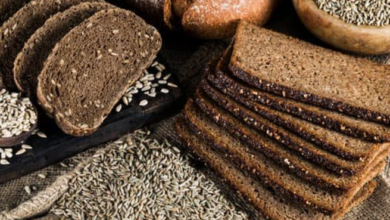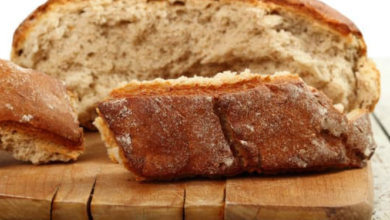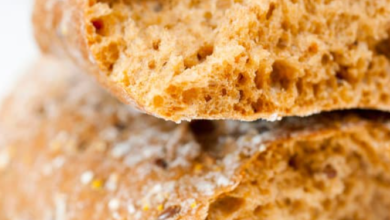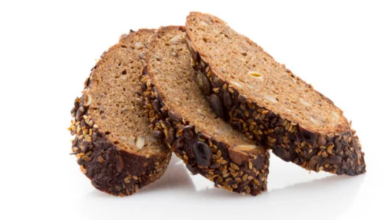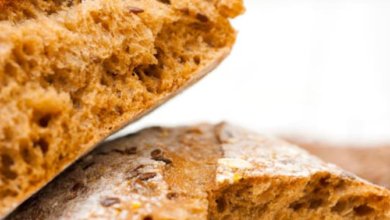Why Is Rye Bread Darker In Color Than Other Breads?

What To Know
- This bread is made with a high proportion of rye flour, often dark rye flour, and is characterized by its dense, dark brown color.
- Baking the bread at a higher temperature for a longer period results in more intense browning and a darker color.
- The dark color of rye bread, a result of a combination of flour type, fermentation, and breadmaking techniques, is a testament to its unique flavor and nutritional profile.
Rye bread, a staple in many cultures, is known for its distinctive dark color and hearty flavor. But what exactly gives rye bread its characteristic hue?
The Key Ingredient: Rye Flour
The primary factor contributing to rye bread‘s dark color is the type of flour used: rye flour. Rye flour, made from ground rye berries, contains a higher percentage of bran and germ than wheat flour. These components are rich in pigments, such as melanin and anthocyanins, which impart a darker color to the bread.
Fermentation and Maillard Reaction
The fermentation process also plays a role in rye bread‘s dark color. During fermentation, yeast consumes the sugars in the dough, producing carbon dioxide and alcohol. This creates a slightly acidic environment, which enhances the extraction of pigments from the rye flour.
Additionally, the Maillard reaction, a chemical reaction between amino acids and sugars, contributes to the browning of rye bread. As the bread bakes, the heat triggers this reaction, resulting in the formation of brown compounds that further darken the bread’s color.
Darker Rye Varieties
Certain varieties of rye bread are known for their particularly dark color. For example:
- Pumpernickel Bread: This bread is made with a high proportion of rye flour, often dark rye flour, and is characterized by its dense, dark brown color.
- Caraway Rye Bread: This bread contains caraway seeds, which add a slightly bitter flavor and contribute to its dark color.
- Russian Black Bread: This bread is made with a combination of rye flour and wheat flour, and is known for its deep, almost black color.
The Influence of Breadmaking Techniques
The breadmaking techniques employed can also affect the color of rye bread. For instance:
- Long Fermentation: A longer fermentation time allows for more complete pigment extraction and contributes to a darker bread.
- High Baking Temperature: Baking the bread at a higher temperature for a longer period results in more intense browning and a darker color.
- Addition of Colorants: Some bakers may add natural or artificial colorants to enhance the dark color of rye bread.
The Role of Other Ingredients
While rye flour is the primary determinant of rye bread‘s dark color, other ingredients can also contribute to its hue. These include:
- Molasses: Molasses adds sweetness and a dark brown color to rye bread.
- Honey: Honey provides a subtle sweetness and contributes to a golden-brown color.
- Coffee: Coffee powder can be added to rye bread dough to enhance its flavor and create a darker color.
The Bottom Line: Embracing the Dark Side
The dark color of rye bread, a result of a combination of flour type, fermentation, and breadmaking techniques, is a testament to its unique flavor and nutritional profile. Whether you prefer the classic dark pumpernickel or the lighter caraway rye, embracing the dark side of rye bread offers a satisfying and flavorful culinary experience.
Frequently Asked Questions
1. Why is my rye bread not as dark as store-bought bread?
- Store-bought rye bread may contain artificial colorants or be made with a higher proportion of dark rye flour.
- Your breadmaking techniques may not be allowing for sufficient pigment extraction or browning.
2. Can I make rye bread without it being dark?
- Yes, you can use a lighter rye flour, such as light rye flour, and bake at a lower temperature for a shorter time.
3. What are the health benefits of rye bread?
- Rye bread is a good source of fiber, which promotes digestive health.
- It contains antioxidants, which protect cells from damage.
- It may lower cholesterol levels and reduce the risk of heart disease.
